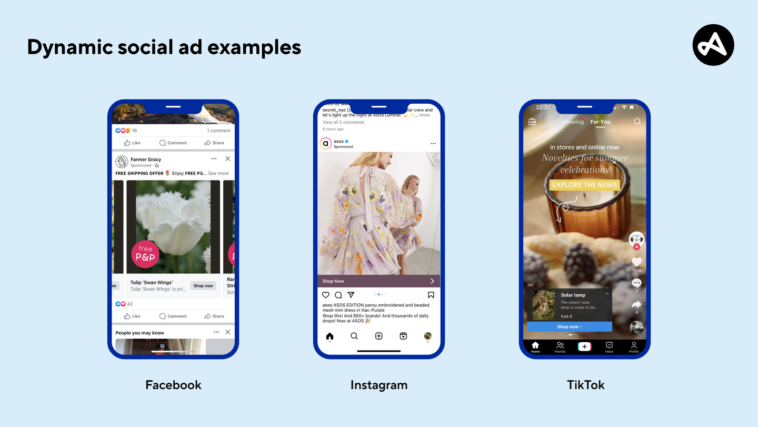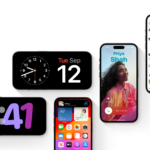By Ender Ozcan, Senior Vice President of Global Revenue, Adjust
The advertising industry has experienced transformative change in recent years, accelerated by advancements in tech as well as constantly changing consumer behaviours. Today, advertising is not as simple as just reaching audiences; now, marketers must consider how to capture their attention, engage them meaningfully, and ultimately drive conversions.
Long gone are the days of static banner ads, which, through constant adaptation and trial and error, have evolved into the interactive and tailored ads that we see today. Advertisers have continuously adjusted their formats and approaches to better meet the needs of consumers. This evolution has opened the door to dynamic ads – a powerful tool that offers the ability to personalise content in real-time based on user data.
For advertisers to make the most of implementing dynamic ads, they must first understand what defines a dynamic ad, their key benefits and the best practices to fit their required channel.
So, what are dynamic ads?
Dynamic ads, also known as dynamic creative ads, automatically customise content for each individual viewer. This customisation considers a range of factors, such as the user’s demographic, location, product preferences and browsing activity. The flexibility of dynamic advertising means that these ads can showcase only the most relevant and engaging imagery, text, or landing pages across various devices and platforms.
A significant benefit of dynamic ads is their ability to re-capture the attention of users who have previously engaged with a brand. By analysing data from users’ past online behaviours, dynamic ads can prompt users about products or services they previously explored but did not buy, making them a valuable asset for remarketing campaigns.
But why not just stick to static ads?
Compared to traditional static ads, which are constant and target broader audiences, dynamic ads use product or content feeds along with ad delivery solutions to meet each viewer’s unique needs and personal preferences. This level of customisation extends across various platforms, including search engines, social media and even podcasts.
A multi-platform approach is key
In social media advertising, platforms like LinkedIn and Facebook offer dynamic ad solutions tailored to their unique audiences. For example, LinkedIn’s ads are in B2B format, targeting professionals based on their career information. Comparatively, Facebook targets dynamic advertising for consumer audiences, leveraging its user base and demographic data.
The best approach for social media dynamic advertising, then, depends on the platform. Sticking with these examples, for LinkedIn, ensure your ad content resonates with the professional nature of the audience. For Facebook, keep your product catalogue updated to ensure accurate and relevant ad displays.
Dynamic podcast advertising is another innovative channel to explore. Unlike traditional podcast ads, which are integrated in the recording and remain unchanged, dynamic podcast ads are inserted at the time of download or streaming. This personalises them to the specific listener. Podcasters can monetise their content more effectively, while advertisers can reach specific segments of the audience more precisely, increasing the potential for engagement and conversion.
Given the audio-only nature of podcasts, it’s crucial to create ads that are concise, clear, and attention-grabbing, use compelling storytelling and a strong CTA (call to action).
Realising the potential of automation
By targeting ads to align with specific user’s interests, dynamic adverts increase overall engagement and conversion rates. Another crucial benefit is that dynamic ad tools automate much of the ad creation process, saving valuable (and often scarce) time and resources for advertisers. Dynamic Search Ads (DSAs) and dynamic creative optimisation ensure that ads are not only relevant but also high-performing based on real-time data.
The rise of dynamic ads indicates an important shift in advertising, where customisation and automation combine to deliver impactful campaigns that truly resonate with target audiences. As advertisers continue to adapt to changing consumer behaviours and advancements in tech, they should be considering dynamic advertising as certainly an important and powerful tool.







Comments
Loading…